cultural travel

Ecuador, a relatively small nation (about the size of Nevada), packs a wallop for its size — offering a remarkably diverse set of natural and cultural attractions.
I’ve been lucky enough to travel to all four of its main regions: The Andes (including the colonial-era city of Quito); the Amazon basin; the Pacific coast, anchored by the city of Guayaquil; and the Galapagos Islands, 600 miles out in the ocean. All are memorable.
In this informative and engaging piece, contributing writer Robert Waite continues his recent journey through Ecuador by taking us to Yasuni National Park and the Napo Wildlife Center deep in the Amazon rainforest. Here’s his report:
By Robert Waite
Yasuni Park, Ecuador – There are two indigenous tribes located in Ecuador’s Amazon rainforest, the Tagaeri and the Taromenane, who have had virtually no contact with the outside world.
I say “virtually” because there have been… Continue reading
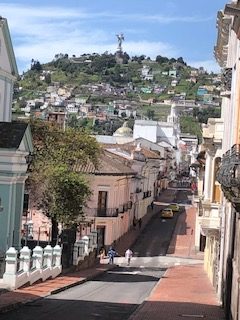
By Robert Waite
Quito, Ecuador – There are three things to keep in mind when planning a visit to Quito, capital of Ecuador.
First, it is high. Not Cusco-high, but — at 9,350 feet (2,850 meters )– you’re 2,000 feet (610 meters) higher than Mexico City. It may take you a few days to acclimate.
Second, it is hilly. As one who once lived on Russian Hill in San Francisco, I thought I knew hilly, but Quito even beats the City by the Bay.
Third, it is old. The present-day city was established by Spaniards in 1534, almost 100 years before the founding of Boston. And indigenous peoples lived here for centuries before that.
And if I were to add a fourth, it would be not to miss the surrounding countryside, known for its mountains, lush natural beauty, and a chance to straddle the Equator itself.
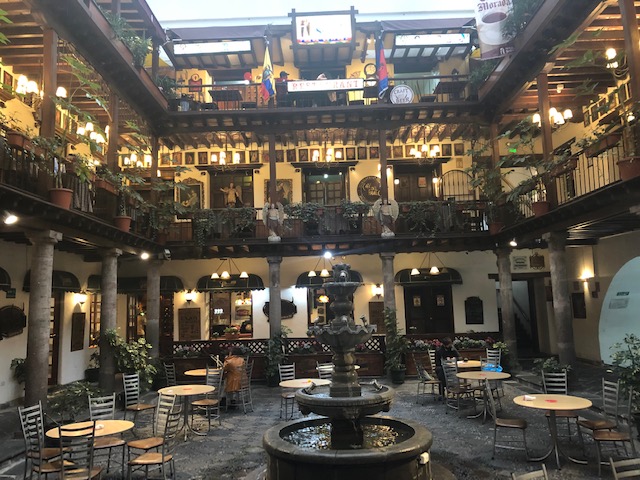
It’s Mardi Gras time in Louisiana, and not just in New Orleans.
Several years ago I was in Lake Charles, Louisiana, during Mardi Gras, and while the carnival festival there is more low-key than in New Orleans, it’s said to be the second largest in the state.
Along with a few other visiting travel writers, I was invited to ride on the local Convention and Visitors Bureau’s float, which led the midday parade. Best of all, we were also invited to throw out beads and candies to the folks lining the parade route.
People had camped out all morning to get a prime spot, bringing their folding chairs and coolers stocked with cold drinks, many wearing Mardi Gras colors: purple, green and gold. They also wore beads, funny hats, sequined outfits, and various Krewe T-shirts, indicating allegiance to the various social clubs that build and run the parade floats. (There’s… Continue reading

Ever since my own visit to Panama, I’ve considered it one of the “essential countries” for travelers.
And not just because it harbors a canal vital for global commerce. Panama also connects two continents (North and South America) and is a key link in a chain of countries (including neighboring Costa Rica and Colombia) that claims some of the greatest biodiversity on the planet.
For older baby boomers, it’s also an enticing location for retirement, offering comparatively low prices and modern amenities.
Contributing writer Robert Waite recently visited Panama and returned with this informative report:
By Robert Waite
Panama City – When I think of airlines and stopover programs, Icelandair comes immediately to mind.
For no extra charge, they allowed you to stop over in Reykjavik when flying from North America to Europe. They often threw in discounted hotel stays and a trip to the hot spring-fed Blue Lagoon.
But… Continue reading
Here are some of the travel books I’ve been reading the past few months, any of which would make a nice gift for the hodophile among your family, friends, colleagues — or for yourself, of course.
They’re selected to get those travel juices flowing again (if they aren’t already).
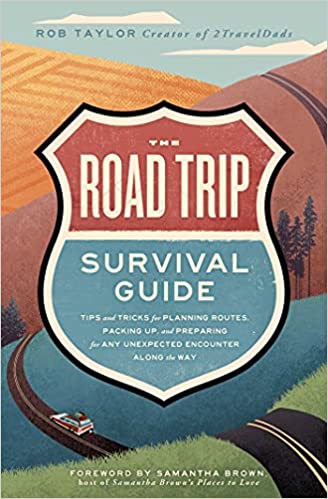
The Road Trip Survival Guide
By Rob Taylor (Tiller Press, 2021)
Even as the Covid epidemic was dealing severe blows to airline, cruise, and international travel, domestic road trips were zooming in popularity in 2020-21, making this practical yet enjoyably written guide a timely read.
Penned in a folksy style, Rob Taylor encourages readers to “explore at their own speed” and modify his suggestions as needed to fit their own circumstances.
That said, just about any road-tripper (novice or experienced) can find loads of tips within these pages. Divided into five sections — Planning, Packing, Road Trip Food, Safety, and… Continue reading

Here are the answers to our previous post, A Ghoulish Halloween Travel Quiz.
1. If you want to visit the countries where Halloween originated, where would you go?
a. Romania and Bulgaria
b. Germany and France
c. Ireland and Scotland
d. Hungary and Slovakia
The correct answer is C, Ireland and Scotland. Halloween has its roots in ancient Celtic myths, and modern-day American Halloween traditions evolved from those brought by 19th-century Irish immigrants to the U.S.
2. Where would you find the world’s longest, deepest haunted “house”?
a. Lewisburg, Ohio
b. Rapid City, South Dakota
c. Blackfoot, Idaho
d. Lexington, Kentucky
The correct answer is A, Lewisburg, Ohio. The haunted “house” is actually located in a 3,500-foot-long cave located some 80 feet underground, complete with thousands of bats.
3. What European castle is said to have inspired Bram Stoker’s novel, Dracula?
a. Neuschwanstein, Germany… Continue reading
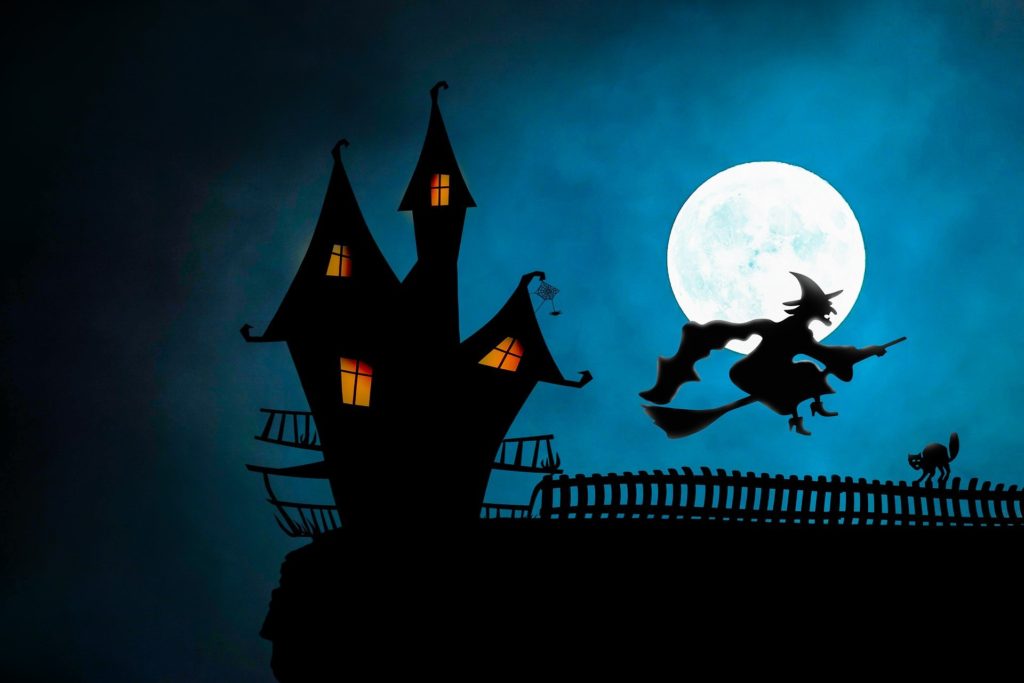
If you’re looking to expand your Halloween fun beyond handing out candy to trick-or-treaters or dressing up like ex-presidents at costume parties, take our Halloween travel quiz. You might even pick up an idea or two for your next ghoulish holiday.
Some questions are easy, some are harder — but we’re betting you don’t stand a ghost of a chance of getting all the answers right without ghoulgling!
1. If you want to visit the countries where Halloween originated, where would you go?
a. Romania and Bulgaria
b. Germany and France
c. Ireland and Scotland
d. Hungary and Slovakia
2. Where would you find the world’s longest, deepest haunted “house”?
a. Lewisburg, Ohio
b. Rapid City, South Dakota
c. Blackfoot, Idaho
d. Lexington, Kentucky
3. What European castle is said to have inspired Bram Stoker’s novel, Dracula?
a. Neuschwanstein, Germany
b. Bran Castle, Romania
c.… Continue reading
I confess — other than Latin, I was never very good about picking up foreign languages (and alas, speaking Latin won’t get you too far these days).
I used to joke that I could say the word for “beer” in 18 languages, especially since some of them were variations of the word “beer.” And even I couldn’t forget how to say cerveza. (I was also fluent in vino and café.)
I have been able to draw on my somewhat less-than-stellar performance as a French student in high school and college and, during months of travel in Spain, learned enough, among other necessities, to ask for the hombres room after drinking too much cerveza.
All this is to say that I wish I had absorbed more of the local languages while traveling, especially in my younger days, since so many people around the world now speak English that it’s… Continue reading
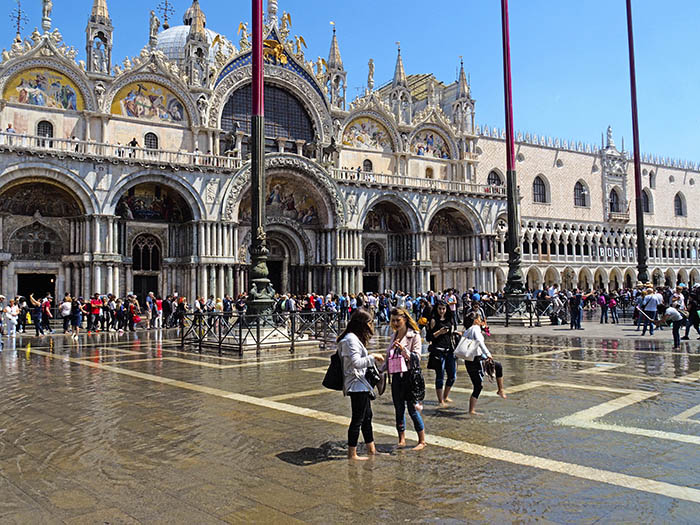
Venice has always been one of my favorite cities. If there’s a more beautiful city in the world, I haven’t found it. And millions of other people would say the same.
And therein lies the problem: Millions of people visiting (and tromping through) one of the most fragile cities on the planet — at the rate of 80,000 per day in summer, far outnumbering Venice’s own residents.
After all, the city is built on a lagoon, canals snake through its heart, and its centuries-old palazzos, churches, and art treasures are subject to erosion, flooding, and tsunamis of tourists as well.
It’s been called a “poster child for overtourism” — meaning, simply, too many tourists for its own good, compounded by massive infusions of cruise ship passengers and other day-trippers. It’s remarkable that any gondolier worth his stripes can maneuver his full craft through the gondola-traffic-choked canals and still… Continue reading
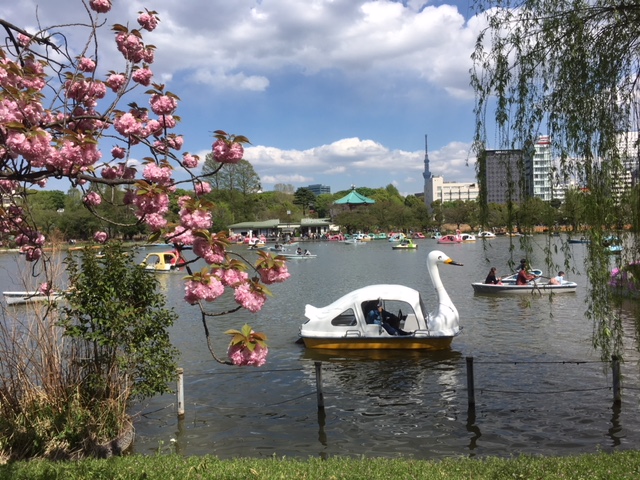
I don’t envy the Japanese officials who are trying to stage an Olympics in the middle of a pandemic. In fact, word is that they considered cancelling the whole shebang just three days before the Opening Ceremonies.
According to polls and protests, a majority of Japanese aren’t on board with the Games, due to rising COVID cases, limitations on their activities, cost overruns, and, of course, the usual scandals that surround any Olympics. Sponsors like Toyota aren’t happy either, and are downplaying their roles.
Some $15 billion has been invested in the Games so far, with no spectators allowed except for the media and a smattering of VIPs. How many bento boxes from the mostly deserted concession stands can they consume?
The weather is hot and muggy and may be brewing a typhoon.
The director of the Opening Ceremonies was… Continue reading










